
Filter News
Area of Research
- (-) Fusion Energy (2)
- (-) Materials (61)
- (-) Supercomputing (43)
- Advanced Manufacturing (3)
- Biological Systems (2)
- Biology and Environment (4)
- Clean Energy (73)
- Climate and Environmental Systems (2)
- Computer Science (2)
- Fossil Energy (1)
- National Security (3)
- Neutron Science (28)
- Nuclear Science and Technology (10)
- Quantum information Science (1)
- Renewable Energy (1)
- Transportation Systems (1)
News Type
News Topics
- 3-D Printing/Advanced Manufacturing (4)
- Advanced Reactors (1)
- Artificial Intelligence (6)
- Big Data (2)
- Bioenergy (3)
- Biomedical (2)
- Clean Water (1)
- Composites (1)
- Computer Science (16)
- Critical Materials (1)
- Cybersecurity (2)
- Energy Storage (2)
- Environment (4)
- Exascale Computing (2)
- Frontier (2)
- Fusion (2)
- Grid (1)
- Isotopes (1)
- Materials Science (7)
- Microscopy (1)
- Nanotechnology (3)
- Neutron Science (2)
- Nuclear Energy (5)
- Physics (1)
- Quantum Science (5)
- Security (1)
- Space Exploration (1)
- Summit (7)
- Sustainable Energy (4)
- Transportation (2)
Media Contacts
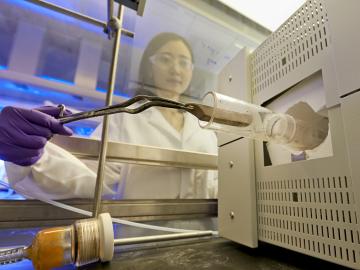
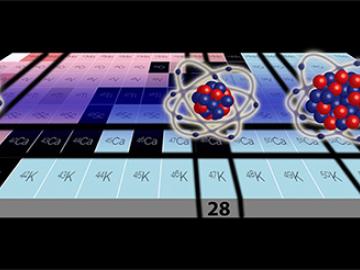
For decades nuclear physicists have tried to learn more about which elements, or their various isotopes, are “magic.” This is not to say that they display supernatural powers. Magic atomic nuclei are composed of “magic” numbers of protons and neutrons—collectively called nucleons—such as 2, 8, 20, and 28.
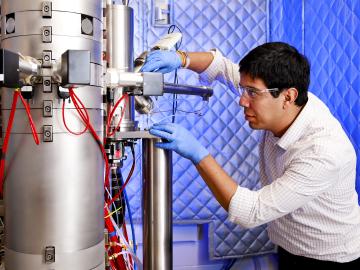
Scientists can now detect magnetic behavior at the atomic level with a new electron microscopy technique developed by a team from the Department of Energy’s Oak Ridge National Laboratory and Uppsala University, Sweden. The researchers took a counterintuitive approach ...

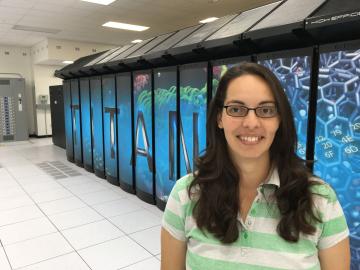
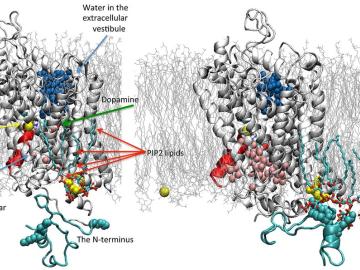
In an era of instant communication, perhaps no message-passing system is more underappreciated than the human body. Underlying each movement, each mood, each sight, sound, or smell, an army of specialized cells called neurons relays signals that register in the brain and connect us to our environment.
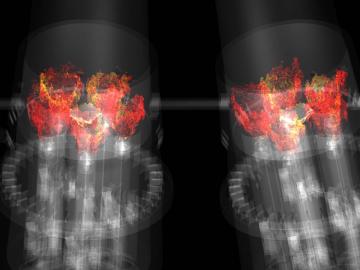
In the United States, the use of natural gas for electricity generation continues to grow. The driving forces behind this development? A boom in domestic natural gas production, historically low prices, and increased scrutiny over fossil fuels’ carbon emissions. Though coal still acco...
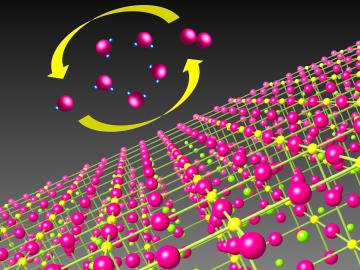
Catalysts make chemical reactions more likely to occur. In most cases, a catalyst that’s good at driving chemical reactions in one direction is bad at driving reactions in the opposite direction. However, a research team led by the Department of Energy’s Oak Ridge National Laboratory ...
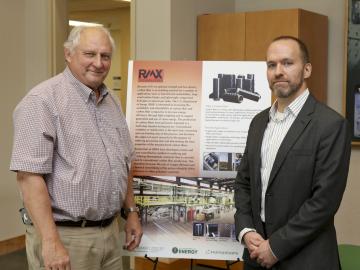
RMX Technologies of Knoxville, Tenn., and the Department of Energy’s Oak Ridge National Laboratory have signed an exclusive licensing agreement for a new technology that dramatically reduces the time and energy needed in the production of carbon fiber. Lowering the ...
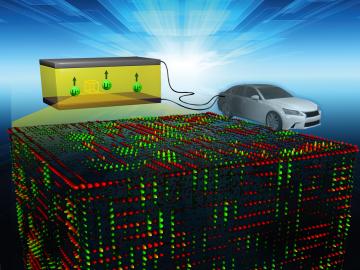
In a rechargeable battery, the electrolyte transports lithium ions from the negative to the positive electrode during discharging. The path of ionic flow reverses during recharging. The organic liquid electrolytes in commercial lithium-ion batteries are flammable and su...


